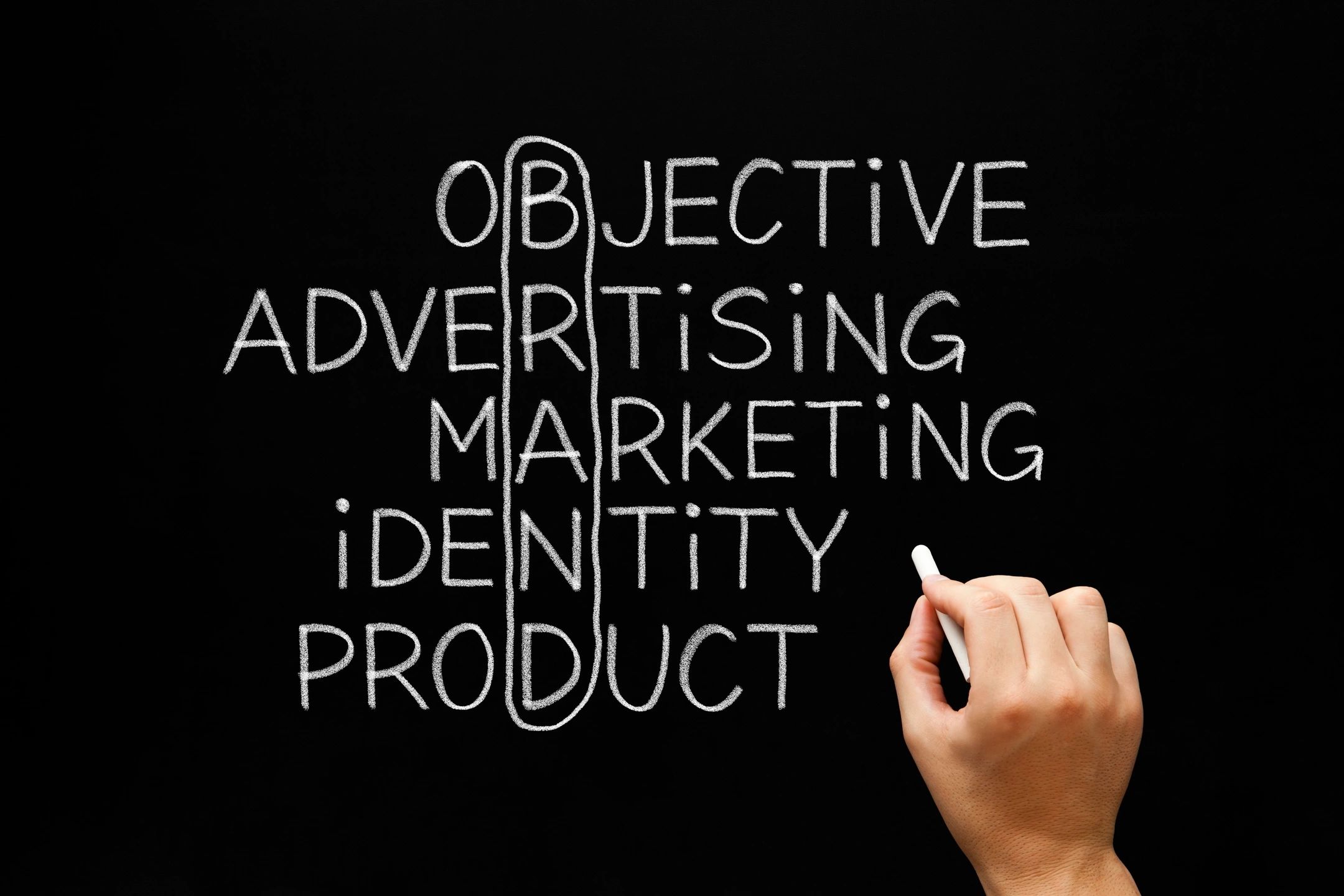
Marketing Tips for Startups
9 Sales and Marketing Tips for Startups
How you sell yourself is different than how you market yourself
1. Sell the benefit, not a comparison.
How you market yourself is all about highlighting what makes you different. There are three major ways to do that.
- Cost (you know how to price a product better than the competition)
- Quality (you’re better)
- A combination thereof (you offer the better value)
But how you sell yourself is different than how you market yourself. You can tell someone that you provide a product or service that is cheaper or more effective than that of another business, but that doesn’t say how much better you are going to make the customer’s life.
Selling is about the benefit. A comparison may highlight the features you offer, but you are always selling benefit.
2. Listen to your customer.
Sam Walton, WalMart’s famed mass retail titan, started his empire in rural America. This was despite the prevailing business logic saying a mass retailer anywhere but in a city with a concentrated population would fail. The logic was, if you wanted to move mass quantities of goods, you needed mass quantities of people.
But Walton knew his customers because he would frequently listen to them firsthand. He was aware that people who lived in rural and suburban areas often bought in larger quantities because they had larger families or needed more goods to keep their own small businesses stocked and running. Walton listened to his customers, and the result is the largest, most powerful brick and mortar retailer in the world. The customer may at times defy logic, but they are always right. Listen to them.
3. Market your product before it’s ready.
Some businesses wait until their product is perfect before they do any marketing or awareness campaigning. That can be a costly mistake. Many businesses expect to sell their product as soon as it’s ready. But if no one knows about it, then demand will start at zero until you undergo a marketing campaign to build brand awareness for potential customers.
It’s better to do preemptive awareness campaigning, even if it’s minimal, to let potential customers know your product is coming. You can sell the benefit before the product has arrived. This way, when the product is ready, so are customers!
4. Think outside the box.
The marketing landscape has dramatically changed since I started my first business more than 30 years ago. Back then, there were no search engines or social media platforms. There was no internet as we know it. Now, startups can utilize a bevy of free, online marketing techniques that are both creative and effective. For example, you can use online video marketing, social media, blog influencers, crowdsourcing, competitions, content marketing, thought leadership and more.
5. Test fast. Fail fast.
Marketing that you can’t measure is failed marketing. Sure, you may spend money to do some advertisement, and you may even see an uptick in sales around the same time you ran the ads. But how can you be sure what you spent on ads correlates with sales? Maybe it was something else altogether. Maybe there is a natural, seasonal uptick for what you sell that will go away in a month.
If you’re going to commit time and money to a marketing campaign, make sure you can measure the results. Set up ways to track conversions that stem from each marketing campaign. Also, run multiple types of marketing campaigns in distinct, small batches. This will allow you to compare marketing channels and see which perform best. Toss out the ones that don’t work and keep those that do.
6. Advertise from multiple angles.
As mentioned above, it’s good to test multiple marketing channels and ideas to see what works best. Often, it’s not any one thing but a combination of all of the above. When your customer hears you on the radio, sees you in a search engine result, and then finds you mentioned in a blog they like (content marketing), they start to accept your brand as a solid, dependable, known entity. They may not have the need for your product or service immediately, but when they do, it will be your name that comes to mind instead of a competitor’s.
7. It’s always time for PR.
When you do traditional advertising, it’s your marketing material selling your product. When you do PR, or have a member of the press or a media house that covers your industry talk about you, it’s brand building and endorsement.
Some people call it landing-page flair or credibility building, but, if your company is featured in Mashable or The Wall Street Journal, you’d be silly not to put that paper’s name on the front of your company’s website. Even if your company was only mentioned by way of a quote from your CEO, you are still “as mentioned in The Wall Street Journal.” When customers see that publication’s name next to your company’s name, it builds credibility.
Even little PR wins, like local news or blogs, add up. And, unlike most traditional marketing, PR endures far beyond the dates of the advertising campaign. Good PR can do a lot for your credibility and brand awareness.
8. Give customers a place to talk to/about you.
Good or bad, you want to know what your customers are saying. If you don’t provide your customers with a place to complain or praise you, it makes it look like their thoughts and opinions don’t matter. Remember, even if a customer comes to you and is furious, that’s a great opportunity for you to publicly show how willing you are to right a wrong, or make a customer feel valued — which is PR gold.
By providing a place on your site for this kind of exchange to happen, you can address the issue and control a portion of that narrative. The alternative is that your customer goes to a third-party site and complains where you can’t address the issue nor tailor an edited response.
9. We look forward to seeing you again.
Reward loyalty or interest. I tell my employees at Patriot Software, my online accounting and payroll company, that our customers are our sales department. Word-of-mouth testimonials and customers who are brand advocates are better than any sales team you could put together. So, I continuously reward customers with competitive pricing, incredible customer support and automatic updates to enhance the software.
Article Source: https://www.entrepreneur.com/article/284271


Sorry, the comment form is closed at this time.